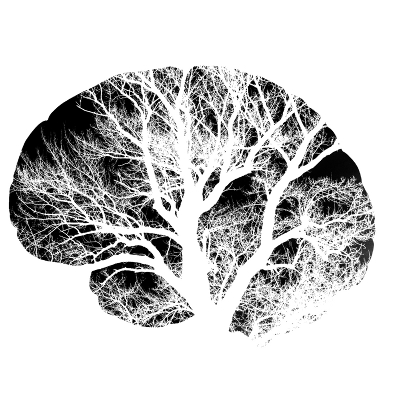Large Scale Brain Networks in Neurological & Psychiatric Disorders

University of Bath: Roland Jones
University of Bristol: Richard Apps, Nina Kazanina
Cardiff University: Vincenzo Crunelli
University of Exeter: Marc Goodfellow (PI), Jon Brown
Background
Most disorders of the brain are difficult to accurately diagnose and treat, resulting in impairments to the quality of life of individuals as well as societal and economic burdens. Due to the complexity of the brain, a combination of experimental, theoretical and clinical neuroscience approaches is required to understand the reasons for these disorders, and hence improve our ability to diagnose and treat them.
Increasingly, the mechanisms of a majority of brain disorders are being approached in terms of networks. That is, the brain can be considered in terms of the electrical or metabolic activity recorded at different regions, and the interactions between these regions. This approach is aligned with the ways in which we record clinical data (e.g. the electrical or metabolic activity at different locations in the brain) and current theoretical approaches to understanding complex systems.
Recently there has been huge growth in theoretical, experimental and clinical studies of large-scale brain networks, but these endeavours often evolve distinctly. Advancing the study of brain networks and how activity emerges from links between different regions of the brain would benefit from greater collaboration between traditional academic disciplines such as neuroscience and mathematics.
This project previously had an Initiator Project: Large Scale Brain Networks in Health and Disease
Project summary
The community used Accelerator funding for proof of concept investigations into two complementary areas of research with the broad aim of assessing the application of network analysis methods to data from different brain disorders, i.e. dementia and epilepsy. In particular the community found exciting results regarding the diagnostic and prognostic potential of electroencephalography (EEG) in dementia. This work was used for the basis of larger grant applications to confirm findings in a larger cohort. Separate investigations found differences in EEG activity in mouse models of dementia, which could provide a step-change in the way in which these models are used in the drug development pathway – these ideas were developed further with industrial partners.
Over the course of the award the community established new links between clinicians and academics across GW4 that have led to new collaborations, joint PhD supervisions and research/publication plans.





